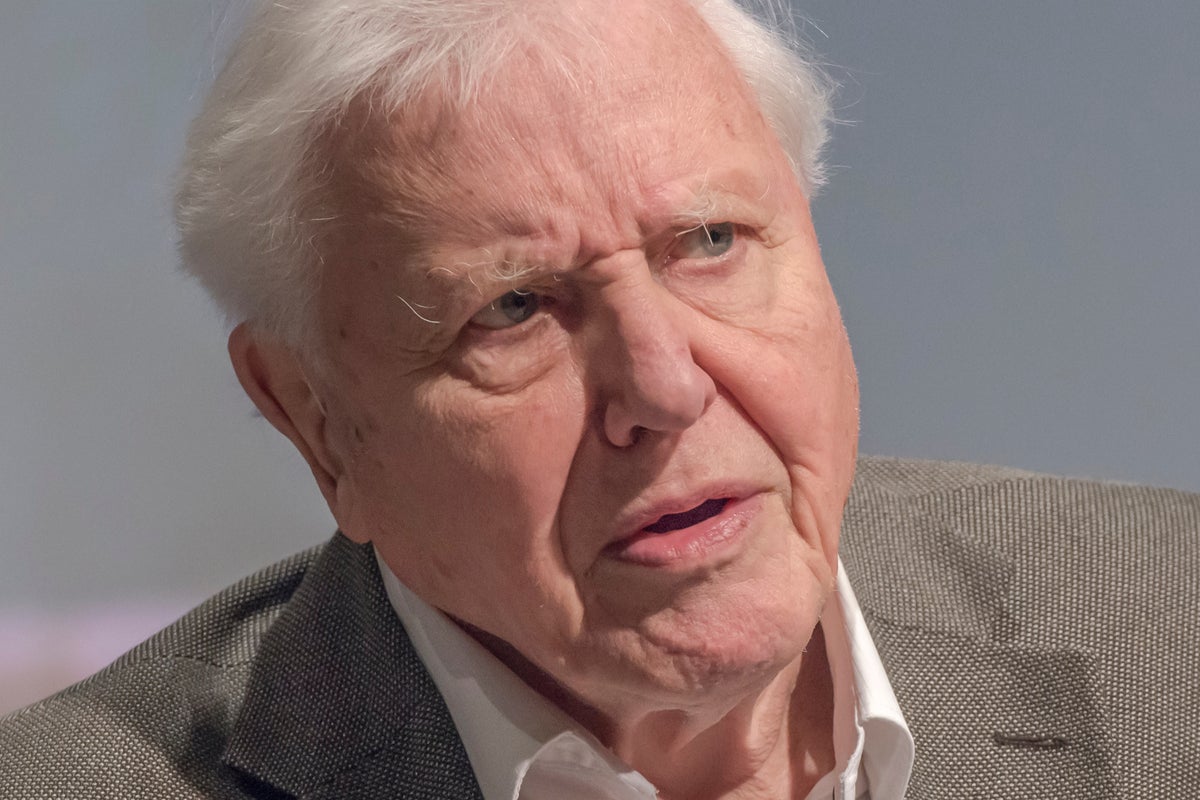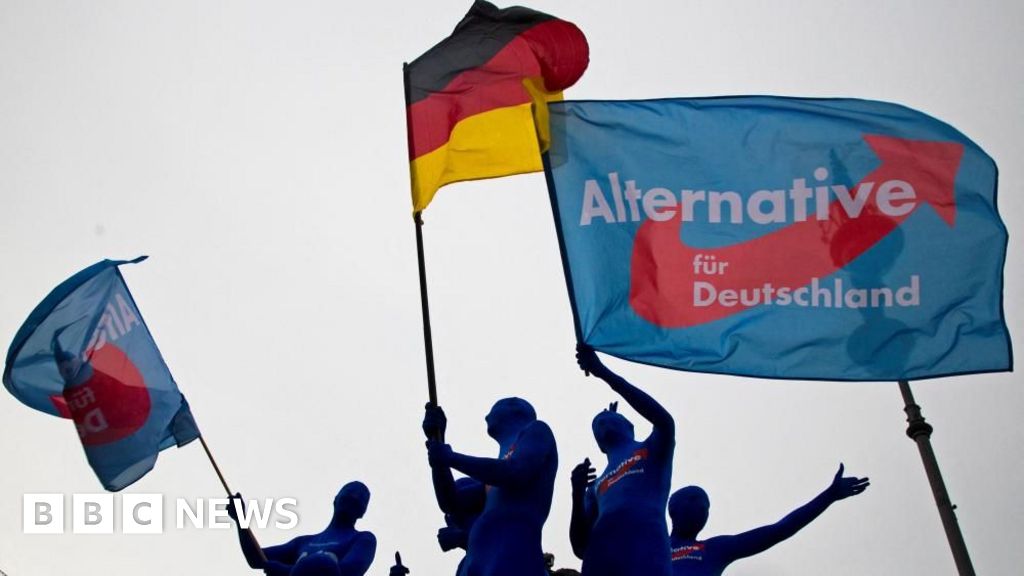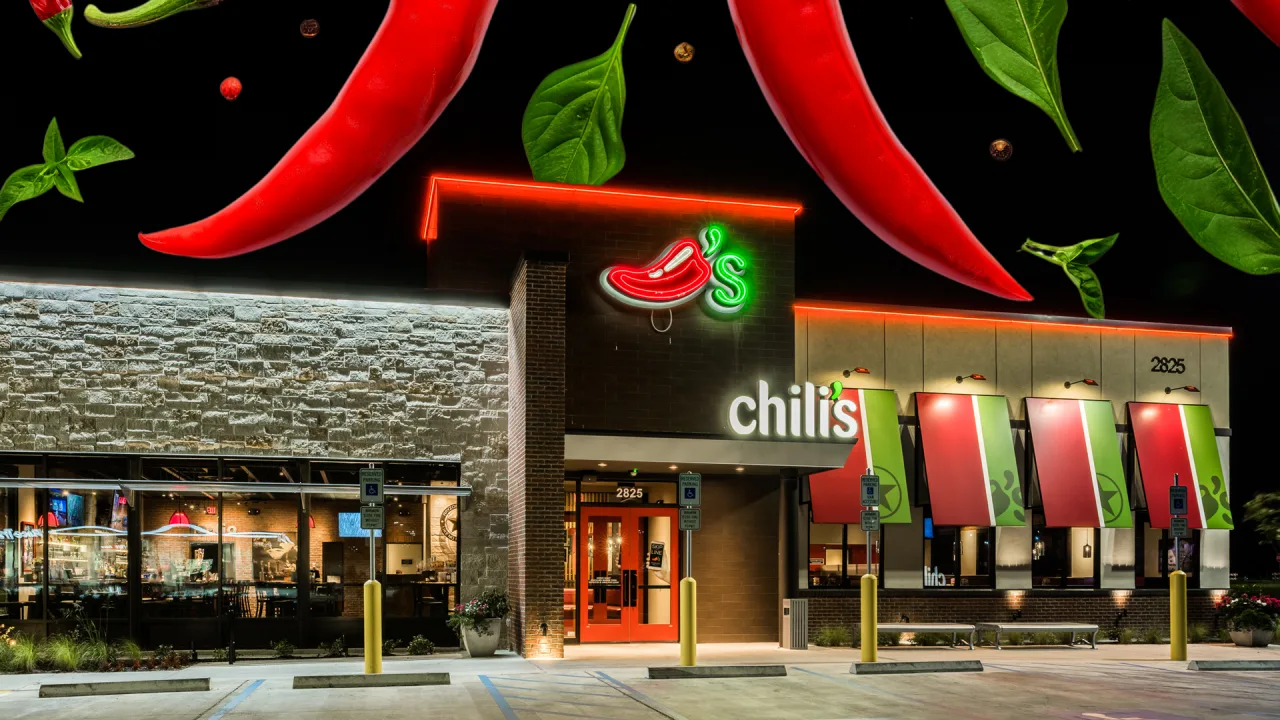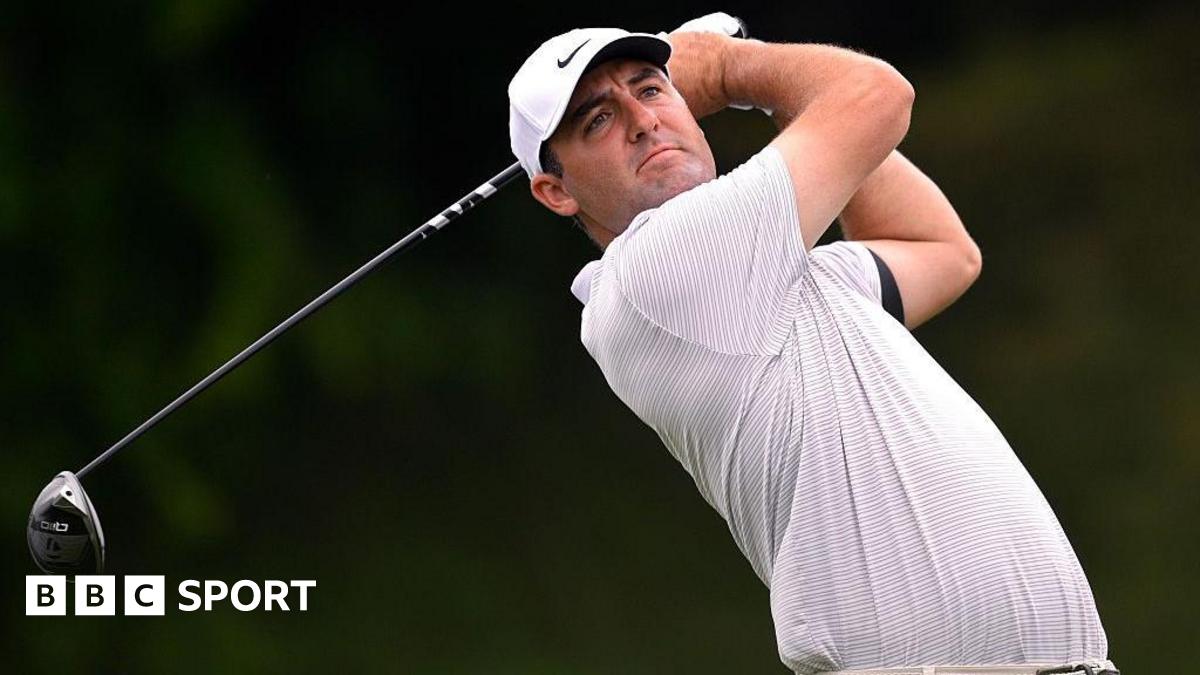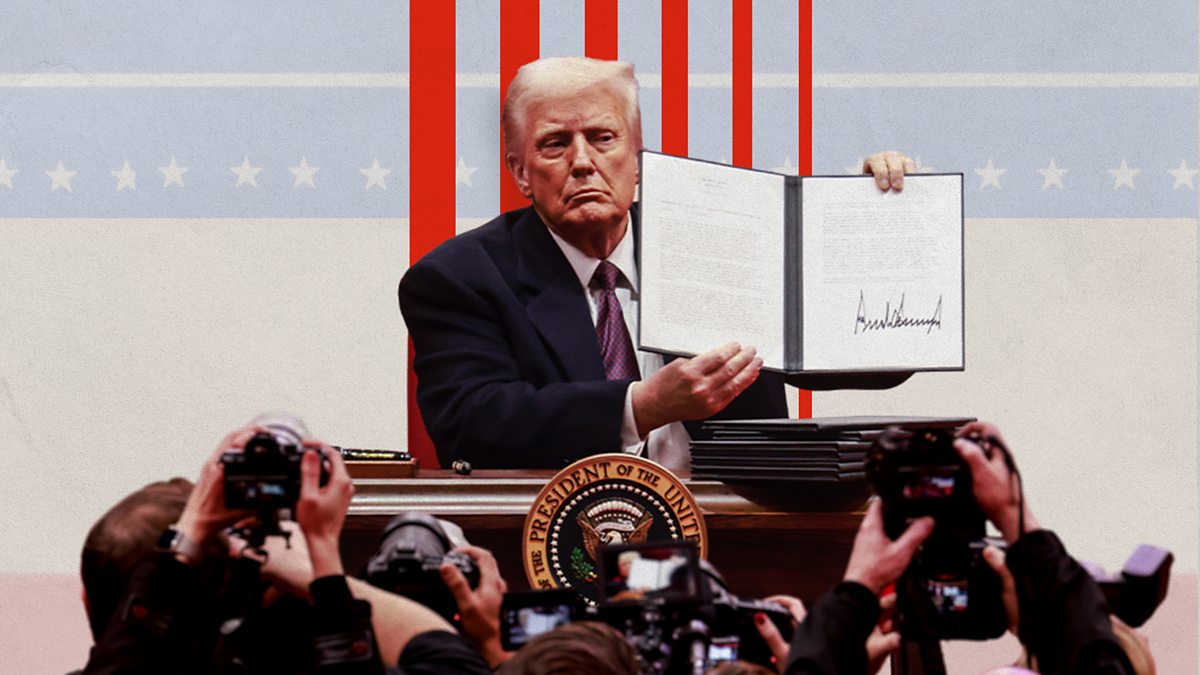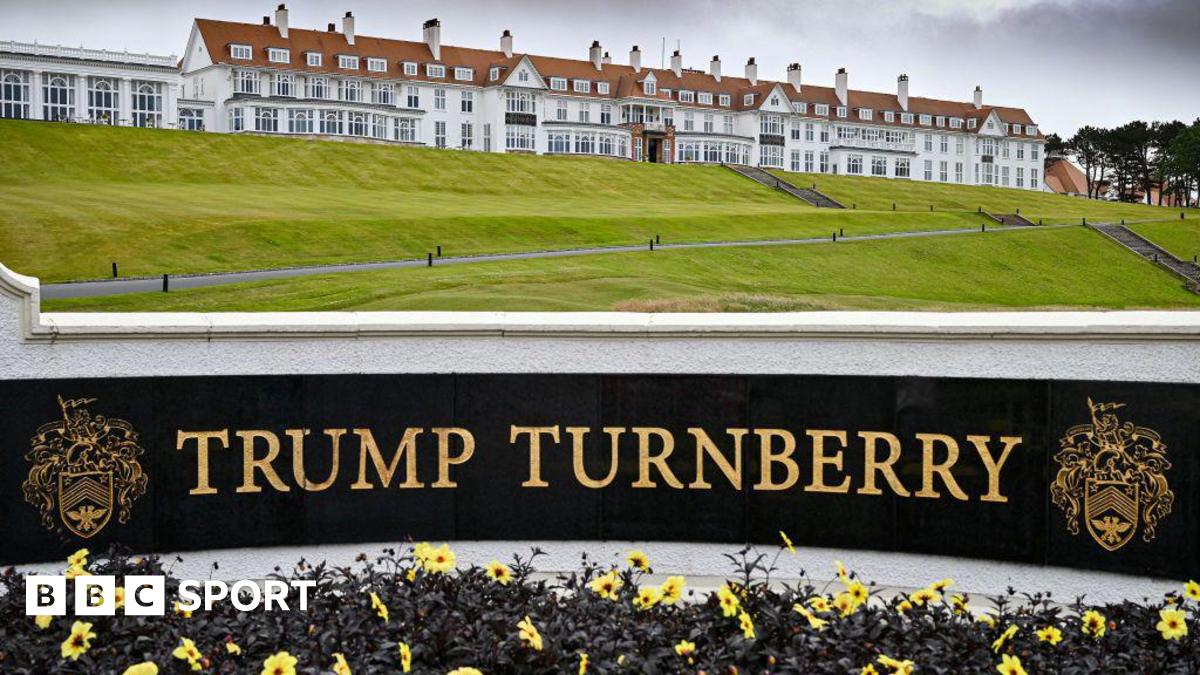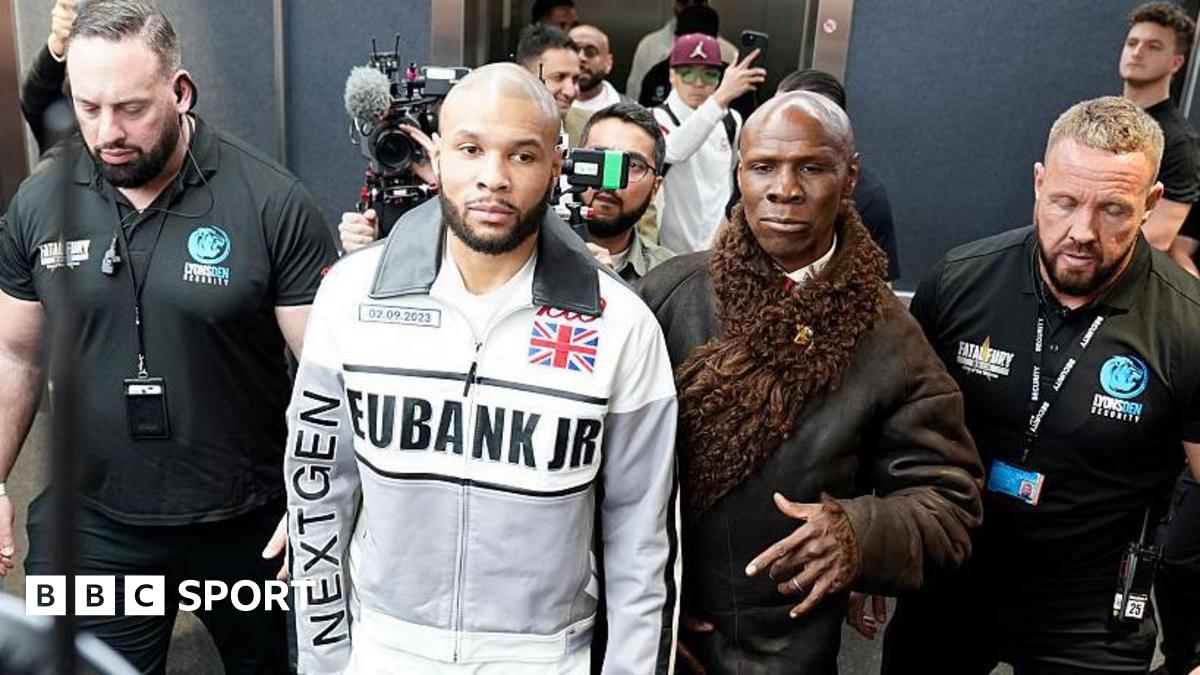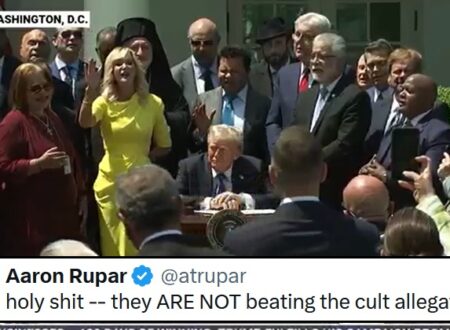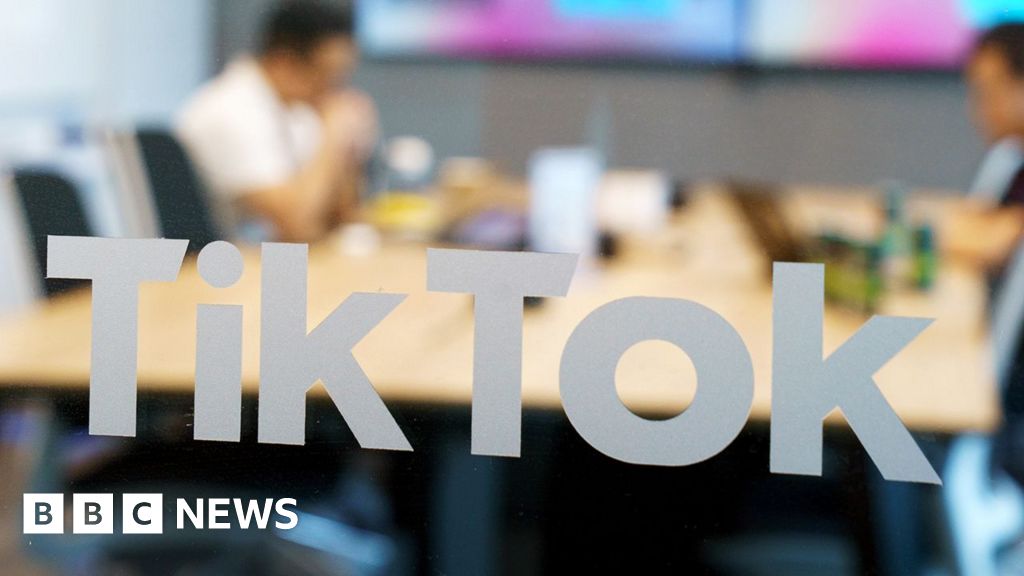Amazon’s CEO says the company can weather challenges from tariffs because of how big it is


In Amazon’s Q1 2025 earnings call, CEO Andy Jassy touched on the potential impact of the Trump administration’s tariffs, and he seems to think that Amazon won’t be affected too harshly.
People are “buying a lot of their everyday essentials at Amazon” and the company has “extremely large selections” and “hundreds of millions of SKUs,” Jassy says, which means that “we’re often able to weather challenging conditions better than others.”
While “none of us knows exactly where tariffs will settle or when,” Jassy says that “we haven’t seen any attenuation of demand yet.” The company has also seen “some heightened buying in certain categories that may indicate stocking up in advance of any potential tariff impact.” And, according to Jassy, the “company hasn’t seen “the average selling price of retail items appreciably go up yet” and that “most sellers just haven’t changed pricing yet.”
Here’s Jassy’s full statement on tariffs from his opening earnings remarks.
I thought I’d share a few thoughts on the prospect of heightened tariffs on our stores business. Obviously, none of us knows exactly where tariffs will settle or when. We haven’t seen any attenuation of demand yet. To some extent, we’ve seen some heightened buying in certain categories that may indicate stocking up in advance of any potential tariff impact.
We also have not seen the average selling price of retail items appreciably go up yet. Some of this reflects some forward buying we did in our first party selling, but some of that reflects some advanced inbounding our third party sellers have done. But a fair amount of this is that most sellers just haven’t changed pricing yet. Again, this could change, depending on where tariffs settle.
Amazon is not uniquely susceptible to tariffs, as it relates to China, retailers who aren’t flying directly from China are typically buying from companies who themselves are buying from China, marking these items up, rebranding, and selling to US consumers. These retailers are buying the product at a higher price than Chinese sellers selling directly to US consumers in our marketplace, so the total tariff will be higher for these retailers than for China direct sellers.
It’s also sometimes easy to forget what Amazon sells. We’re not mostly selling high average selling price items, though we certainly sell a bunch. In the first quarter, our everyday essentials grew more than twice as fast as the rest of our business, and represented one out of every three units sold in the US on Amazon. Even if you exclude Whole Foods Market and Amazon Fresh, Amazon is one of the largest grocers in the US with over $100 billion in gross sales last year. People are buying a lot of their everyday essentials at Amazon.
We also have extremely large selections, hundreds of millions of unique SKUs, which means we’re often able to weather challenging conditions better than others. When there are periods of discontinuity, substantial, unexpected product trends emerge. Think about the pandemic, when items like masks and sanitizer became big sellers. When you have the broadest selection like we do, and two million plus global sellers like we do, you’re better positioned to help customers find whatever items matter to them and lower price points than elsewhere.
Finally, when there are uncertain environments, customers tend to choose the provider they trust most. Given our really broad selection, low pricing, and speedy delivery, we have emerged from these uncertain arrows with more relative market segment share than we started, and better set up for the future. I’m optimistic this could happen again.
What's Your Reaction?
 Like
0
Like
0
 Dislike
0
Dislike
0
 Love
0
Love
0
 Funny
0
Funny
0
 Angry
0
Angry
0
 Sad
0
Sad
0
 Wow
0
Wow
0
![Mike Waltz “never pivoted [to Trump’s] America First agenda”](https://www.aljazeera.com/wp-content/uploads/2025/05/20250502_KUPCHAN_H-1746177145.png?resize=1920%2C1080&quality=80)

